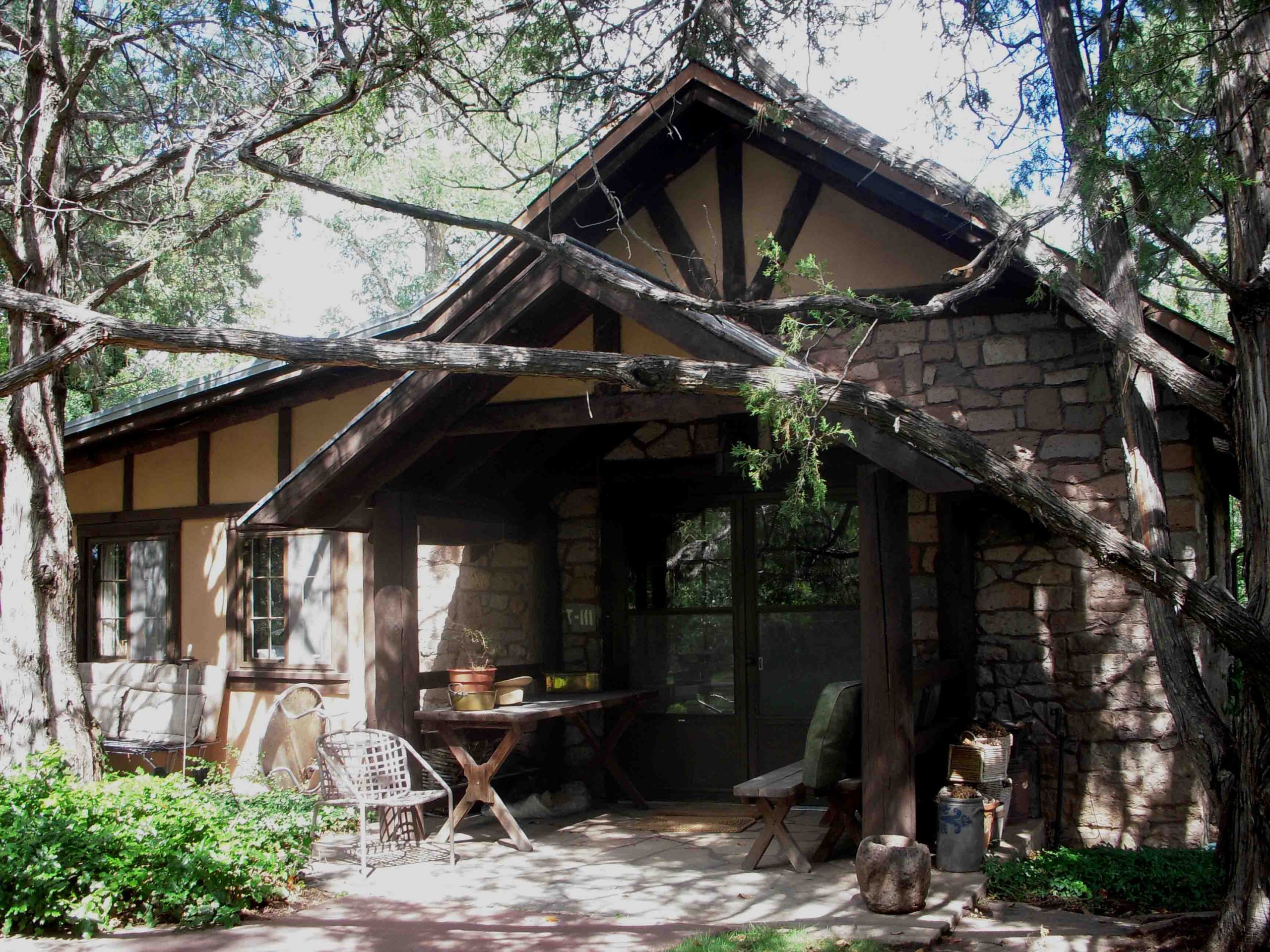Since the Manhattan Project National Park bill passed the House on June 14, 2013 and is now before the Senate, a wide variety of news articles and blogs are speculating about the new park. The proposed park would encompass three main sites of the Manhattan Project, Hanford, Washington; Los Alamos, New Mexico; and Oak Ridge, Tennessee. Some look at the National Park Service’s record on interpreting other controversial sites and predict that the park will take an objective, multifaceted view of the history of the atomic bomb and its legacy. Others assert that the new park will simply glorify nuclear weapons. Which is a more likely prediction?
The fact that the proposed national park engenders controversy comes as no surprise. The Manhattan Project did produce the world’s first atomic bombs that were dropped on Japan in August 1945. Soon afterwards, the Cold War’s nuclear arms race began. Many anti-nuclear groups are fearful that the new park will present just one side of the story and uncritically celebrate the role of nuclear weapons, both past and future.
There is no question that designing exhibits will be challenging, but should the Manhattan Project be relegated to the proverbial dustbin of history so we can avoid confronting these issues? Interpreting this history is an opportunity to consider the challenges and ambiguities that decision-makers face on a daily basis. What were the military, political, scientific and moral considerations that President Truman weighed? What strategies were the Japanese and Soviets considering? What would you decide if you were Truman? The park could engage visitors in thinking not only about past but present issues.
A recent article in the Pacific Standard asks whether we are “grown up enough to commemorate the atomic bomb in the 21st?” Just twenty-five years after the Smithsonian was pressured to revise its exhibit on the Enola Gay, has there been enough time to deal with this divisive topic? While acknowledging critics of the park, the author sees the park’s potential to generate an open dialogue on scientific progress, morality, nuclear weapons proliferation, nuclear waste and other important issues.
Perhaps the most controversial story comes from the Gizmodo blog Paleofuture by Matt Novak, which questions the National Park Service’s ability to present the Manhattan Project’s history in a fair and balanced manner. Will the park simply celebrate the technology that brought destruction to the world? This ignores the National Park Service’s record of interpreting other contested histories such as Gettysburg, Manzanar, and Little Big Horn by offering multiple perspectives to consider and reflect on the significant of the events.
Ultimately, the purpose of the national park system is to preserve and interpret America’s history, not to glorify or judge it. The Manhattan Project National Historical Park will be a chance to present the project in the context of World War II and to consider its legacy for the United States, Japan and the world today.
As Richard Rhodes wrote, no other story resonates quite like the story of the Manhattan Project. It can be seen as a tragic epic, where humankind invents the means of its own destruction. But it also led to a world that has been spared a world-scale war for almost 70 years. Is that a tragedy or a cause for celebration?
A clear presentation of the project and its legacy will raise many difficult and unanswerable questions. We can only hope that it will also help us come to a more mature understanding of the past, the world today and the choices we make in the future.





